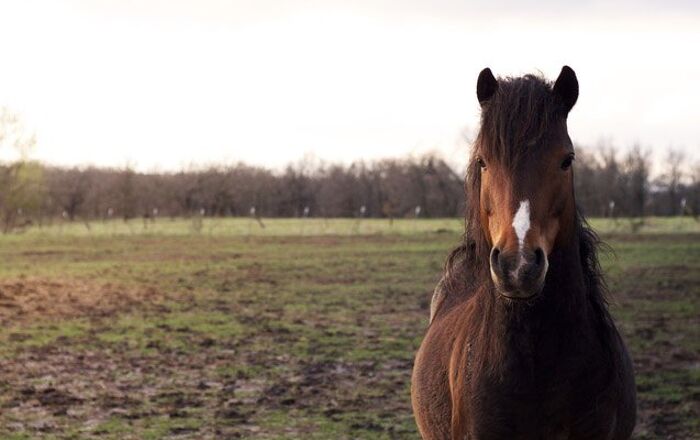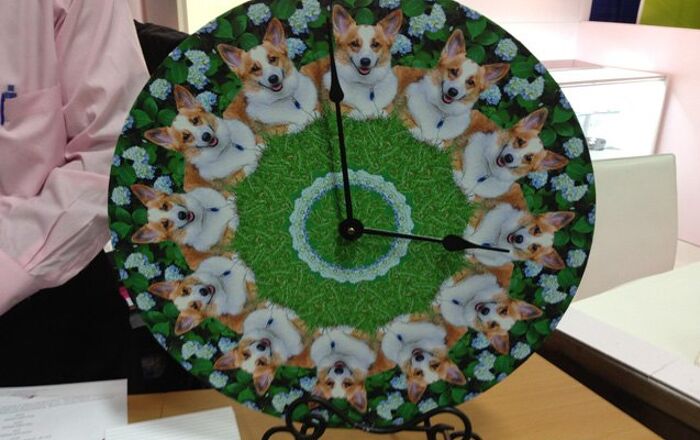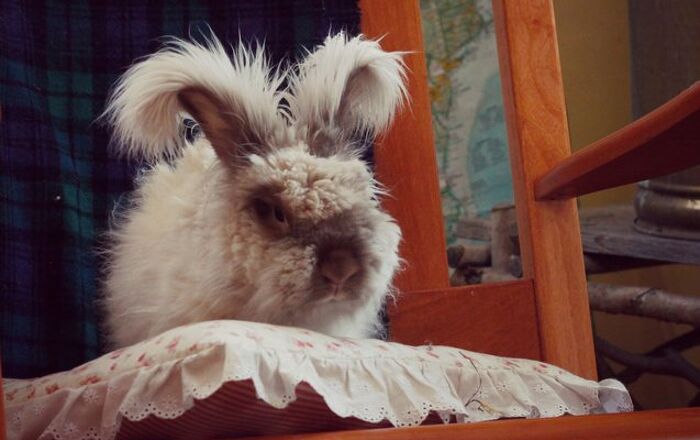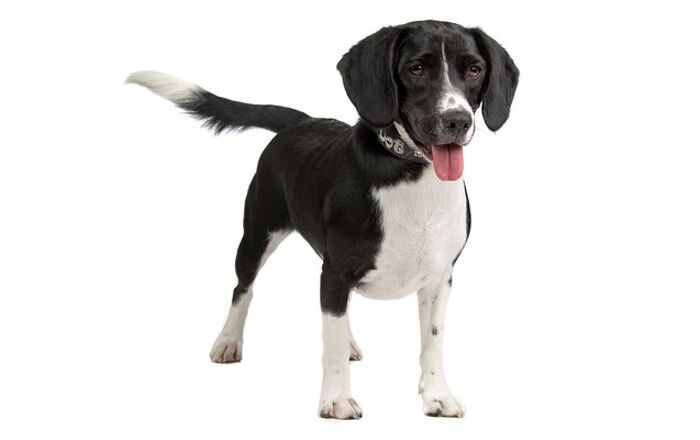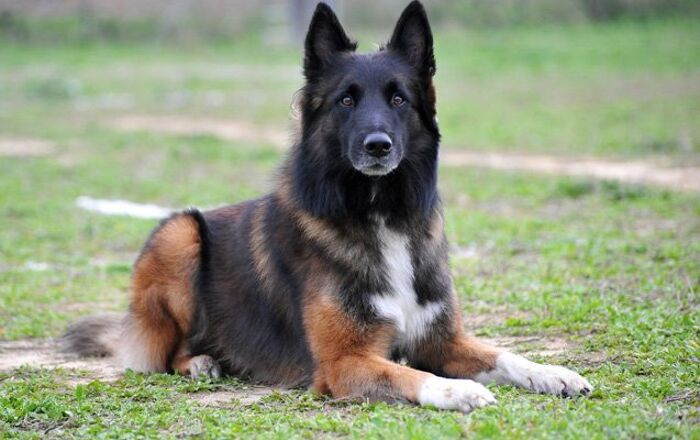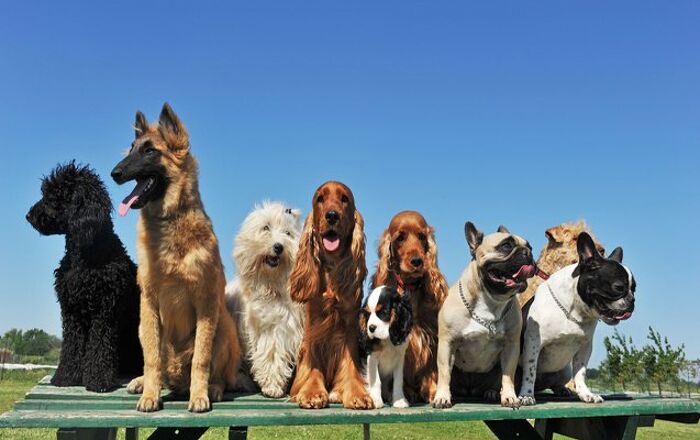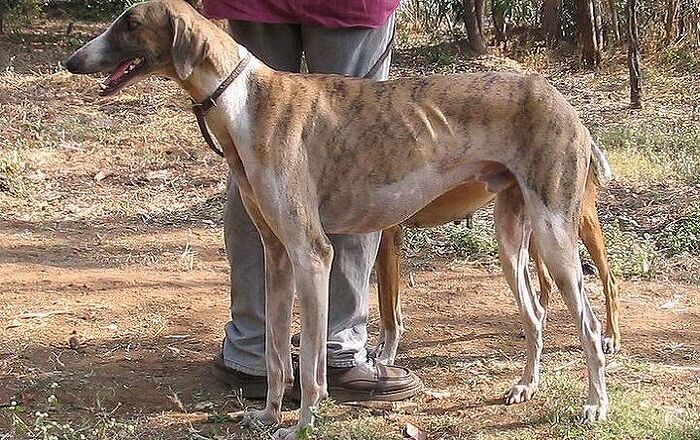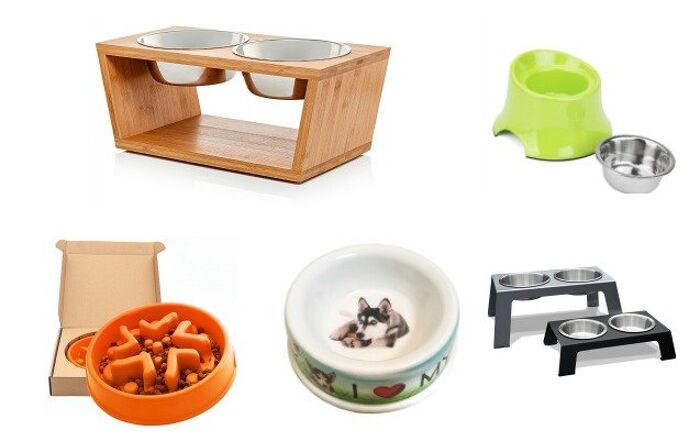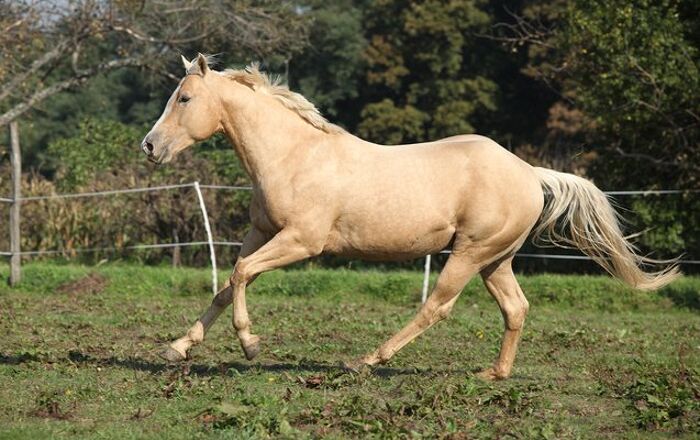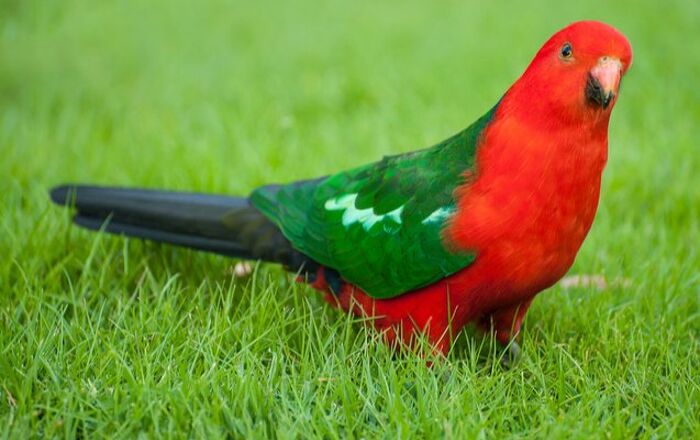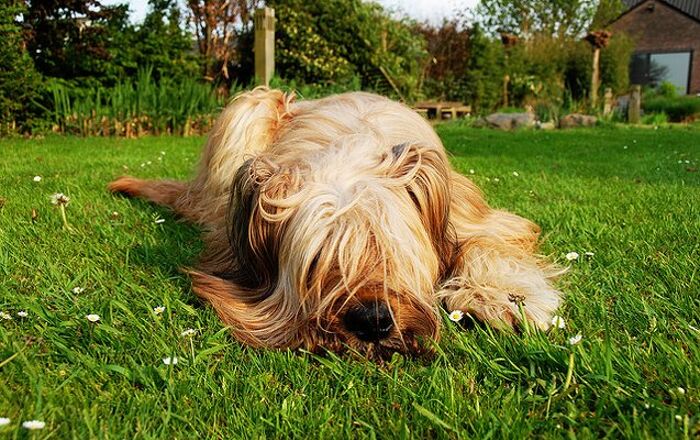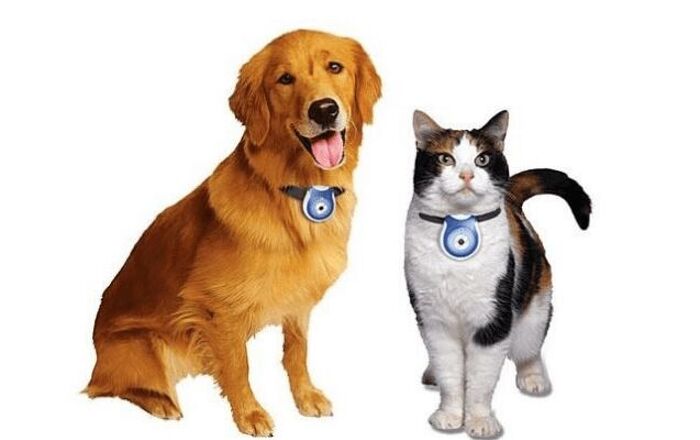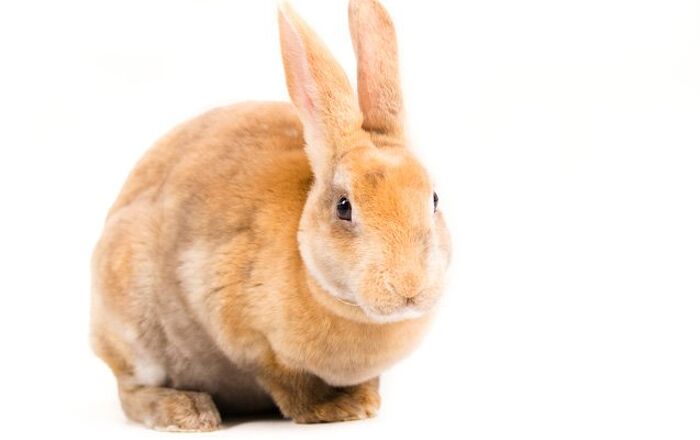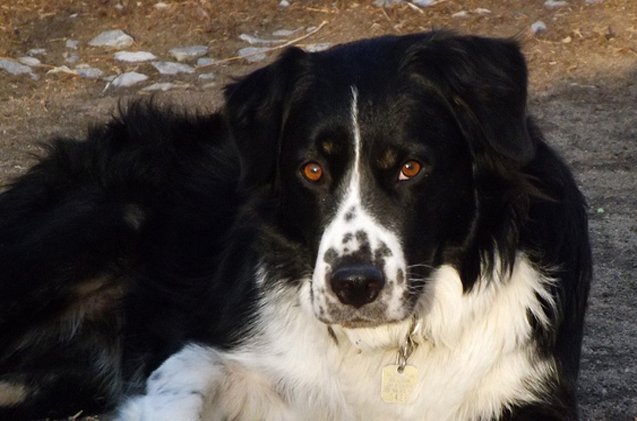
Bordernese Basics
The beautiful Bordernese is a beloved designer canine breed, as these dogs make fabulous family pets. Combining good looks with a loving personality that easily wins hearts, the Bordernese could be the ideal choice for you, but before you bring one home, check out the information below to learn more about this unique breed’s needs.
The Bordernese is a cross between a purebred Border Collie and Bernese Mountain Dog.
Origin
The Bordernese is a designer dog breed whose origins aren’t entirely clear.
Pedigree
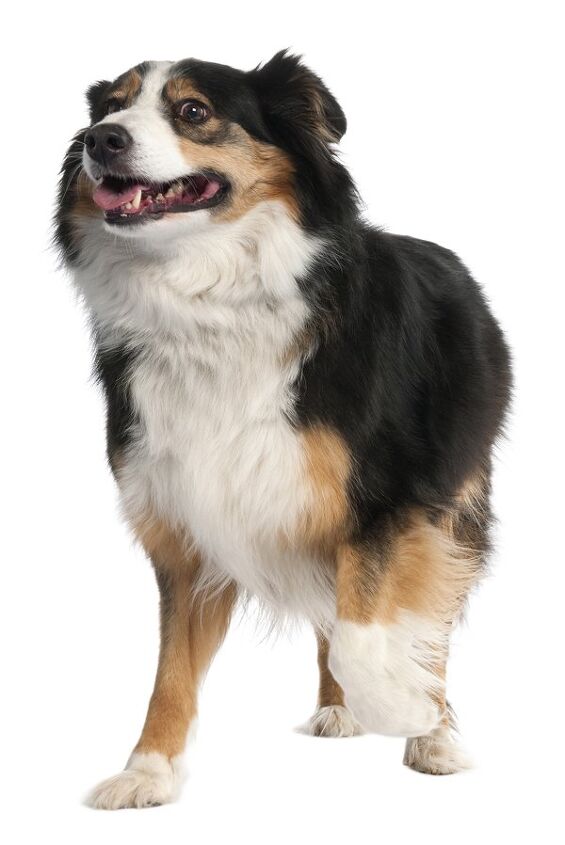
The Bordernese is a cross between a purebred Border Collie and Bernese Mountain Dog.
Food / Diet
To give your pet the best nutrition, stick with a reputable brand that uses whole food ingredients. It is also a good idea to avoid brands that use artificial and allergenic ingredients. If you want to feed your Bordernese a homemade or raw diet, talk to your vet first to ensure you’ll be meeting all of your dog’s nutritional requirements.
A Bordernese can eat an average of around 3.5 cups of a high quality dog food every day. It is best to divide this amount up into multiple feedings throughout the day. Many owners choose to feed their dogs at least twice a day. Also, if you are planning on giving your pooch some high quality canned food for canines, make it a point to reduce the amount of dry food accordingly so that your pet can maintain a healthy weight.
The Bordernese is a popular breed because of its fantastic personality.
Training
Even if you have never trained a dog before, you should find it easy to teach your Bordernese the rules of the house, as well as some tricks. These dogs are intelligent and will pick up on new lessons quickly, and they also like learning new things to avoid boredom.
These pooches are known for listening to commands and willingly obeying their owners, so you will need to use fewer repetitions before your pet catches on. Use a firm but consistent and gentle approach. Never be harsh with your dog, and utilize positive training techniques that include rewards, treats, and praise to encourage your pet.
Weight
A large-sized breed, the Bordernese weighs between 40 and 80 pounds.
Temperament / Behavior

The Bordernese is a popular breed because of its fantastic personality. You can expect that your furry friend will be energetic and alert, as well as protective of his family. He will also be smart and loyal, as well as loving, friendly, and social.
If you’re in search of a good-natured dog, the Bordernese will not disappoint. Always striving to please you, your pet will be calm and will get along well with children and other pets, especially when properly socialized.
A Bordernese would also be a good choice for those who are in search of a watchdog that will bark to alert you to suspicious activity or intruders. These dogs will be dependable and ready to come to your aid whenever necessary.
Common Health Problems
Because the Bordernese is a hybrid canine breed, it might be susceptible to some of the health problems that affect its parent breeds. At the same time, though, hybrid breeds can be surprisingly hardy and healthy, and there really is no way to predict an individual dog’s long-term health. In the end, there is no guarantee that your dog will inherit any health problems from his parents, but being aware of them is a good way to keep an eye out for symptoms and get your pet help right away if they arise.
Some of the ailments that might affect the Bordernese include diabetes, allergies, hip and joint dysplasia, osteochondritis dissecans, deafness, bloat, obesity, hypothyroidism, eye problems, epilepsy, cancer, sensitivity to drugs, neurological problems, Von Willebrand’s disease, panosteitis, and portosystemic shunts.
Life Expectancy
The Bordernese has an average lifespan of 12 to 15 years.
Exercise Requirements
Because the Bordernese is a fairly active breed, you will need to take steps to ensure he gets regular exercise and playtime every day. The physical activity will help keep your dog fit and at the ideal weight, while also giving him a positive outlet for all of his energy.
You can take your dog for a walk or two every day, as well as take him to the local dog park so that he can run around and play with other canines. It is also best if you have a safe, enclosed backyard space where you can let your Bordernese run off-leash, play with his toys, and play games like fetch with you.
In addition to giving your dog the chance to be outside every day, you can also ensure he remains mentally stimulated while indoors by giving him a variety of toys to play with.
If you’re in search of a good-natured dog, the Bordernese will not disappoint.
Recognized Clubs
The Bordernese is not recognized by the American Kennel Club, as it is considered to be a hybrid breed. However, this breed is recognized by the American Canine Hybrid Club (ACHC), the Designer Breed Registry (DBR), the Designer Dogs Kennel Club (DDKC), and the Dog Registry of America, Inc. (DRA).
Coat
Your Bordernese will have a long and thick coat that requires regular grooming sessions to keep it healthy and clean; however, you will not need to trim or strip the coat. Shedding will occur seasonally. Brushing your pet a few times a week will help remove excess hair and ensure his fur will always look lovely.
Puppies
As with all puppies, you should handle your Bordernese pup with care, and supervise any time that your pet spends with small children to ensure he doesn’t accidentally get hurt.
You can begin socializing and training your puppy after bringing him home, as that will help him become comfortable with a variety of people and animals, and he’ll also start learning what’s allowed and what isn’t allowed in your home.
Photo credit: Ron R/Flickr; Eric Savage/Flickr; Life on White/Bigstock

